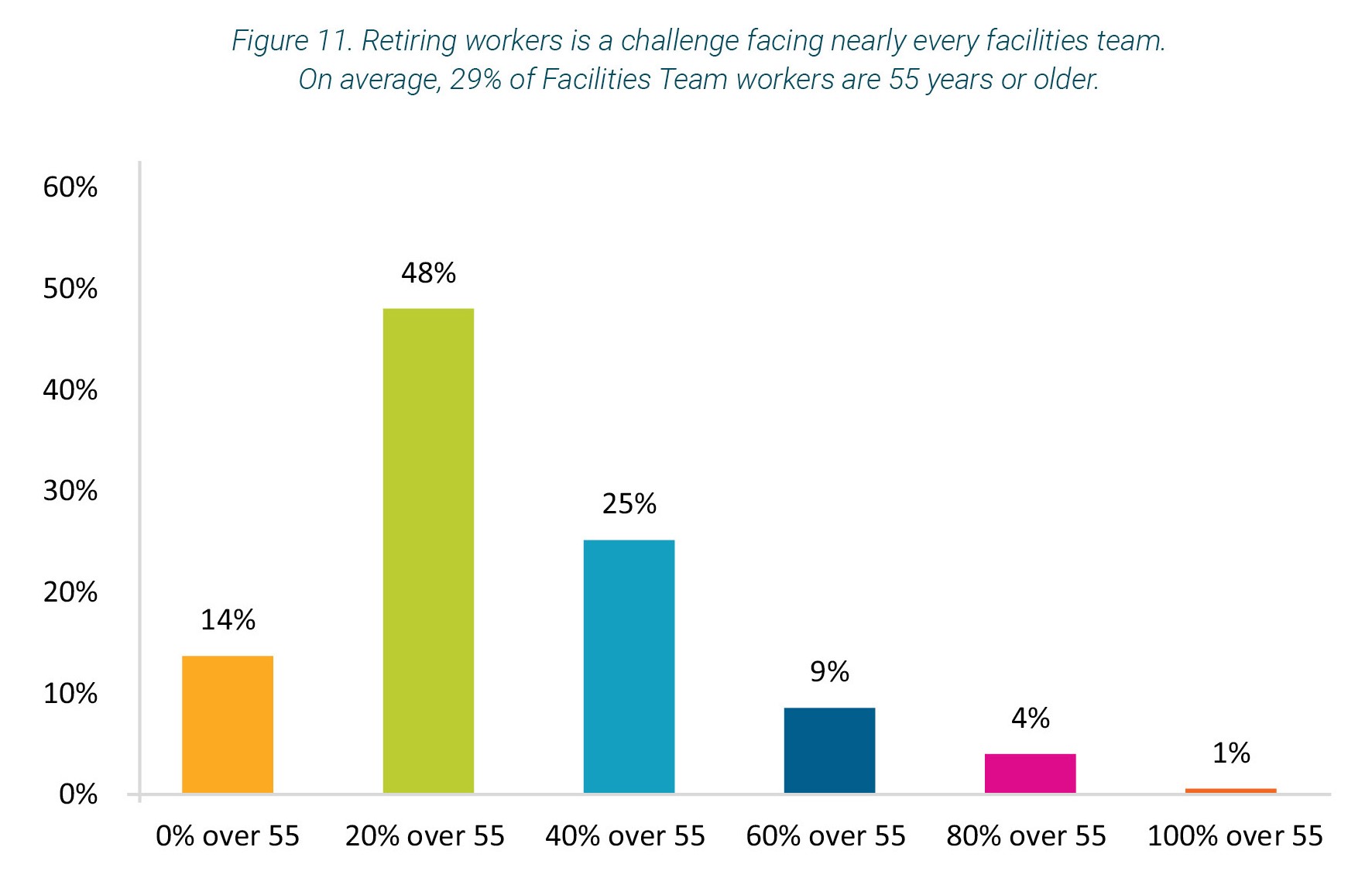
Last year in 2017, the United States was tasked with recovering from two of the most devastating hurricanes in history. These natural disasters and other unplanned catastrophes are particularly costly for facilities operators that manage a significant number of buildings. Fires, for instance, are highly expensive. Water crises are the most difficult to resolve. No matter what, though, responsiveness is the key to recovery.
In a recent study, AIMM Market Research and ARC Document Solutions discovered that four information management issues arise above all others in the wake of a catastrophe: record recovery, information restoration, information access, and bringing systems back online. While most respondents of that survey have emergency policies in place, nearly half of those that are prepared are still storing documents physically.
When information is stored on paper, it isn’t just more susceptible to the woes of natural disasters and unexpected chaos. It’s also harder to find. Finding the right information, that survey discovered, can often take upwards to an hour depending on the number of buildings a facilities team is managing. That means floor plans, shutoffs, permits, warranties — they’re all too far out of reach too late when they’re really needed.

Ensuring that vital information is on hand when necessary is the catalyst for a new generation of facilities managers moving their data into the cloud. Catastrophes strike unexpectedly, and when they do, responsiveness is heavily augmented by information being readily available. When not in crisis, the shift to the cloud enhances productivity and reduces operating costs.
In addition, the study uncovered other productivity issues. New hires on facilities teams often take months — if not nearly a year — to reach peak efficiency. Transfer of knowledge and onboarding are made easier after adopting cloud technology, reducing cost-inhibitive slowdowns as new employees enter the workforce.
Switching to the cloud provides a long-term return on investment, affecting everyday productivity and alleviating issues that arise from shifts in company personnel, natural disasters, and more. Adopting cloud technology is key to sustainability in an ever-changing built environment, and chances are, doing so sooner rather than later could save quite a bit of money for an organization, too.
BuiltWorlds partnered with ARC Document Solutions to bring you this article. Want to learn more about how to best analyze gaps you may have so you can prepare for a catastrophe? Check out ARC’s eBook on the subject.

Discussion
Be the first to leave a comment.
You must be a member of the BuiltWorlds community to join the discussion.